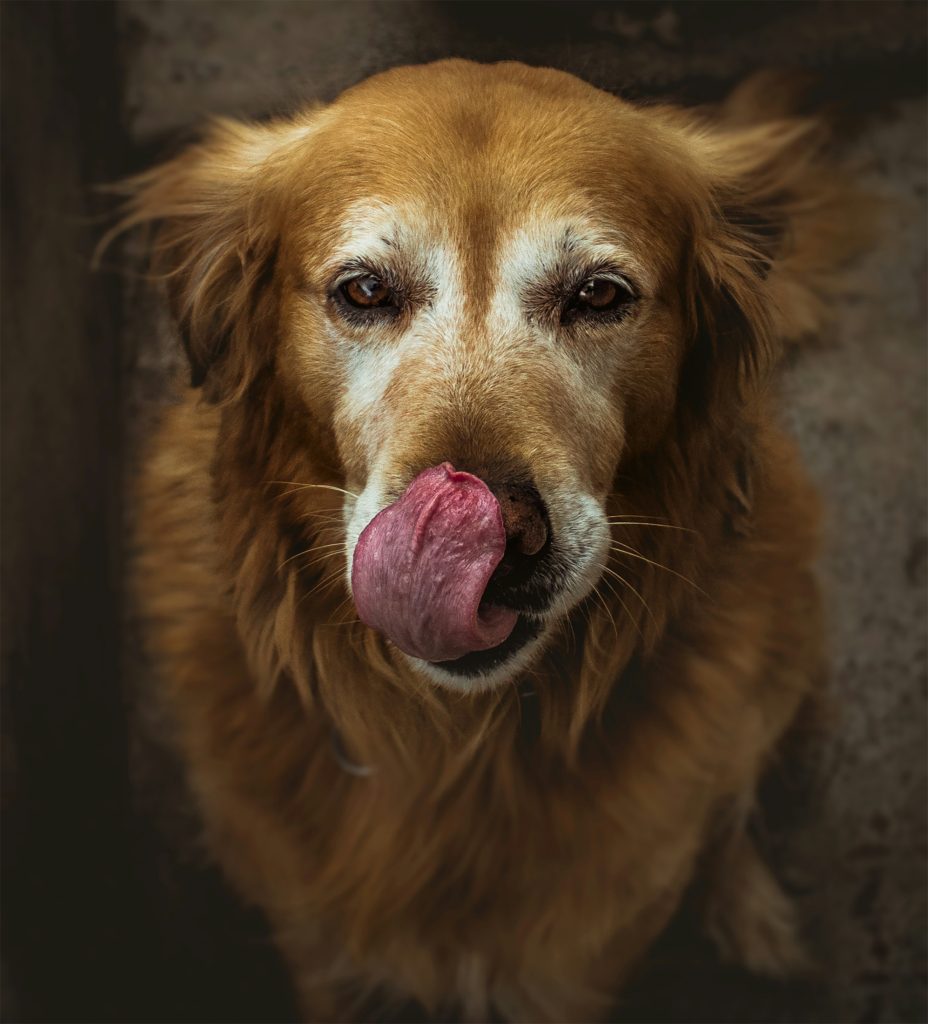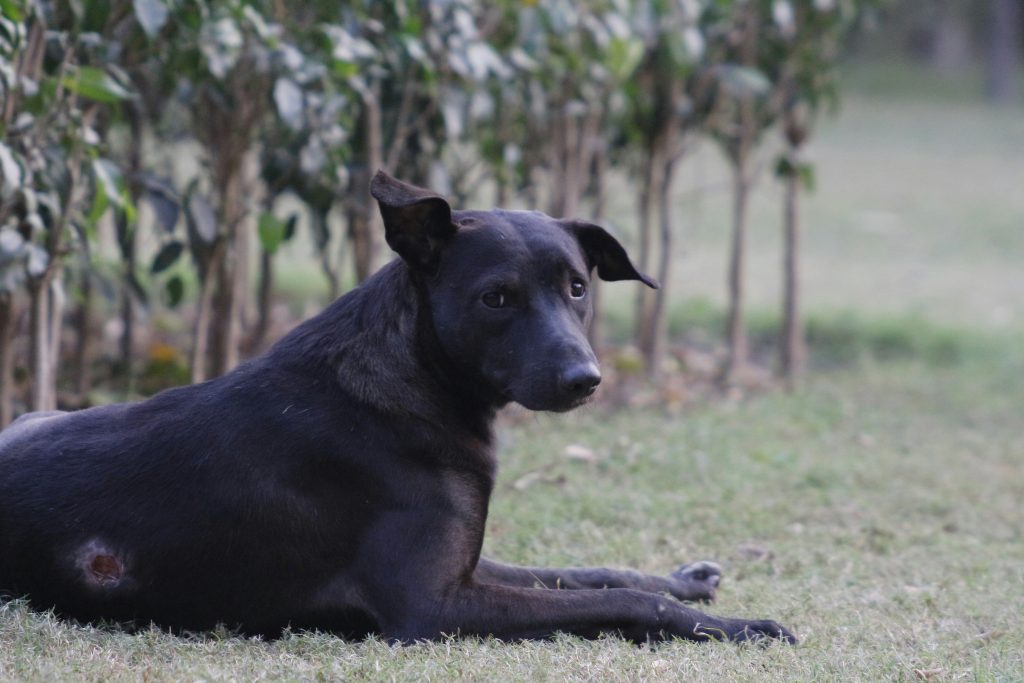When to Worry About a Hot Spot
It Started Small… Now It Looks Worse
You noticed a red patch, cleaned it up, and thought it would get better. But now it’s oozing, your dog is restless, and it’s not healing. Sound familiar?
Hot spots may seem like minor skin irritations, but they can escalate quickly—especially if the root cause is more than just moisture or itching.
In this post, we’ll help you recognize when a hot spot has gone from “no big deal” to “time to call the vet.”
1. The Hot Spot Isn’t Getting Better After 1–2 Days
Most mild hot spots will start to dry out and improve within 48 hours of cleaning, protecting, and applying a topical treatment. If the area continues to spread, stays moist, or your dog is still obsessively licking it—it’s time for professional help.
🐾 Vet tip: Worsening after treatment could mean:
-
A secondary bacterial infection
-
An underlying allergy or parasite
-
Your dog is unable to stop licking due to pain or anxiety
2. There’s Yellow or Green Discharge
If you notice thick, colored pus coming from the hot spot, it’s a clear sign of infection. You may also notice a foul smell or crusting around the wound.
🚨 This is when you need to act:
-
Discharge = bacterial overgrowth
-
The immune system may not be controlling the infection
-
Oral antibiotics may be needed
3. Your Dog Is in Visible Pain or Acts Differently
Is your dog suddenly lethargic, trembling, or refusing food? These signs, when paired with a worsening skin wound, could indicate a systemic infection or deeper tissue damage.
🐶 Watch for:
-
Whining when you touch the area
-
Panting or restlessness at night
-
Lack of interest in favorite activities
Even if the wound looks small, your dog’s behavior may tell a bigger story.
4. The Hot Spot Is Rapidly Spreading
Hot spots can grow within hours if the cause is aggressive or your dog won’t stop licking.
If you see:
-
A nickel-sized spot become palm-sized in a day
-
New red patches forming nearby
-
Swelling around the area
…it’s time to let the vet take over. Rapid spread can mean bacteria is multiplying fast, and it needs prescription treatment.
5. Your Dog Has Repeated Hot Spots
If this isn’t the first hot spot in the last few months, your dog might be dealing with an underlying chronic condition, such as:
-
Environmental or food allergies
-
Flea allergy dermatitis
-
Skin yeast infections
-
Anxiety or obsessive-compulsive licking
Your vet can perform tests, offer prescription treatments, and guide long-term prevention. Chronic hot spots are rarely just about moisture—they’re often symptoms of a larger issue.
6. The Location Is Hard to Manage
Hot spots on the face, paws, or under the tail are particularly hard to treat at home. These areas are tough to keep clean and dry, and it’s difficult to keep your dog from irritating them.
🧼 Your vet may need to:
-
Sedate your dog to clean the wound thoroughly
-
Shave around the area to let it breathe
-
Provide medications to stop itching or pain
What Will the Vet Do?
For more advanced or infected hot spots, your vet may:
-
Shave and disinfect the area
-
Prescribe oral antibiotics
-
Administer anti-inflammatory medications
-
Recommend medicated shampoos or topical sprays
-
Help identify and treat the root cause (allergies, fleas, stress)
When It Becomes an Emergency
Call your vet immediately if:
-
Your dog has a fever or shaking chills
-
The wound has a foul odor or deep ulcer
-
There’s swelling, bleeding, or pus under pressure
-
Your dog becomes suddenly lethargic or unresponsive
These signs may indicate a serious infection or abscess and should not wait.
Conclusion: Trust Your Gut and Watch Closely
Some hot spots are harmless and easy to treat at home—but others can spiral into serious infections if left unchecked. If your gut tells you something isn’t right, or if your dog seems worse despite your best efforts, don’t wait.
It’s always better to get a quick exam than risk complications that could cause pain—or worse.



